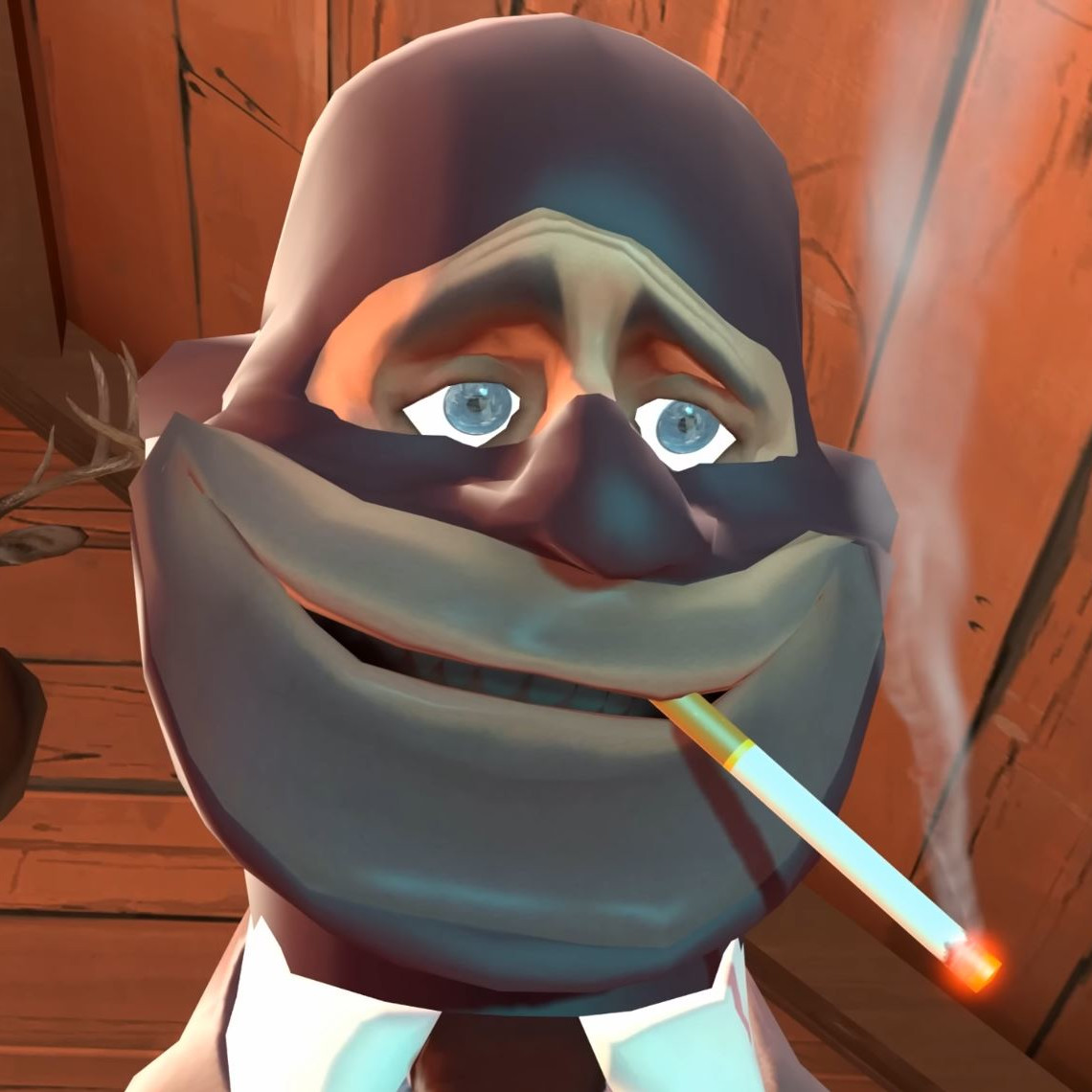I want to print a simple mechanism to adjust the distance between two pieces with a screw that can’t come out of its socket on either end. What’s the easiest way to model this?
Model in a non threaded portion of your male “screw” with a diameter a bit smaller than your minor thread diameter, and the width of your “nut” female thread section. Print it vertical and put the nut over that non-threaded section so they don’t interfere. If you do it this way you can get singinifcantly better backlash/tolerances than printing a thread on top of another thread, where the threads might try to merge when printing.
what software are you using? this question is highly dependent on the software you use.
In F360, the most useful way is using the coil tool. Here’s a good video showing different ways. to do it. the thread tool is probably the only reliable way if you’re mating to an un-printed part. (as in the video, mating to a faucet,). But for 3d printing both the internal and external thread (what you’re saying,) the coil tool will let you create stronger threads- you want beefy threads with plenty of surface area.
I would suggest a triangular pitch cross section (and put a chamfer on the peak, it’ll just break anyhow. this will make screwing it a bit easier, too.), and I would highly recomend printing some kind of pin-test to see where your printer is in terms of tolerance. I just created a bunch small pins- 10mm diameter cylinders, 15 in height, and a slot cut into the top.
the first collar/pin has a gap of .1mm, increasing by .1 to .5, or more. but .5 is going to be very sloppy.
I would also suggest designing the part to be printed with the screw aligned vertically. That way you only print an overhang for the thread, instead of a bridge. You might have to plan on supports for the main body of whatever your designing, though. Another option is to design a cap nut on one side and print them separately… but it’s going to be basically impossible for you to remove support from the thread and the internal thread needs some kind of support or it gets very crunchy very quick.
A small/narrow sacrificial breakaway bridge or three is what I would do



